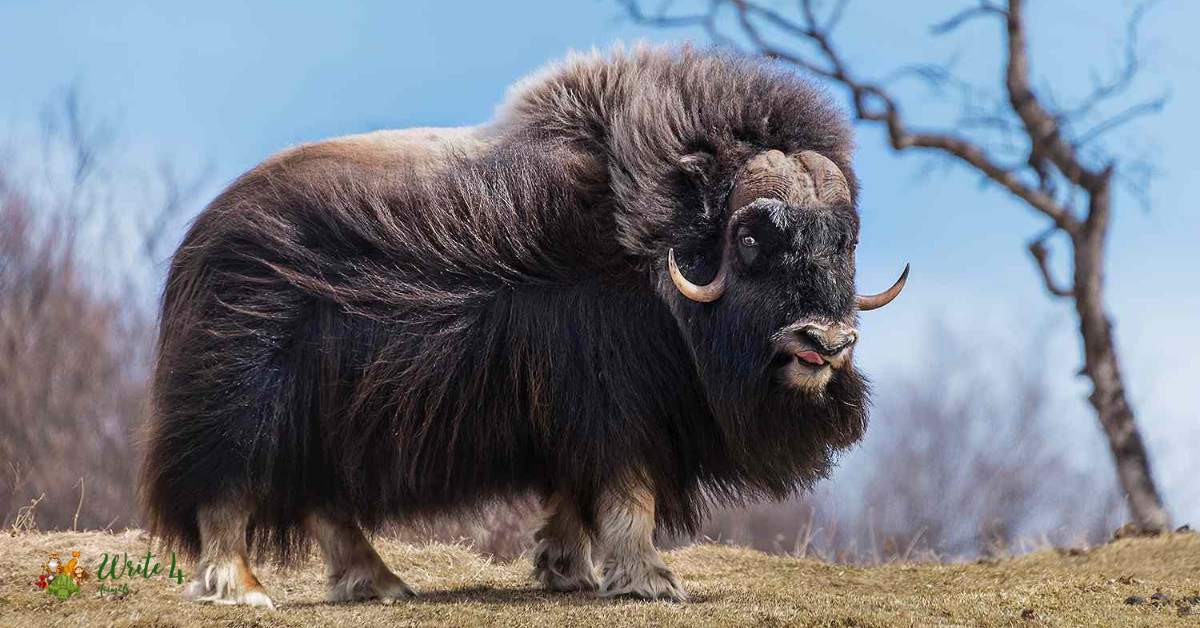In the grand symphony of the natural world, each species plays a unique note, creating a melodious harmony that resonates across the globe. In this orchestra of life, some performers stand out for their particularly striking appearance – the hairy animals.
From the dense fur of Arctic foxes to the flowing manes of lions, these creatures don’t just wear their hair; they showcase it as a masterpiece of evolution. In this blog post we will go through 15 hairy animals in the world.
15 hairy animals in the world
1. Yak
Yaks, the robust and hairy animals native to the Himalayan region, are expertly adapted to survive in high altitudes. Their thick, shaggy coats provide insulation against the biting cold of the mountainous terrain.
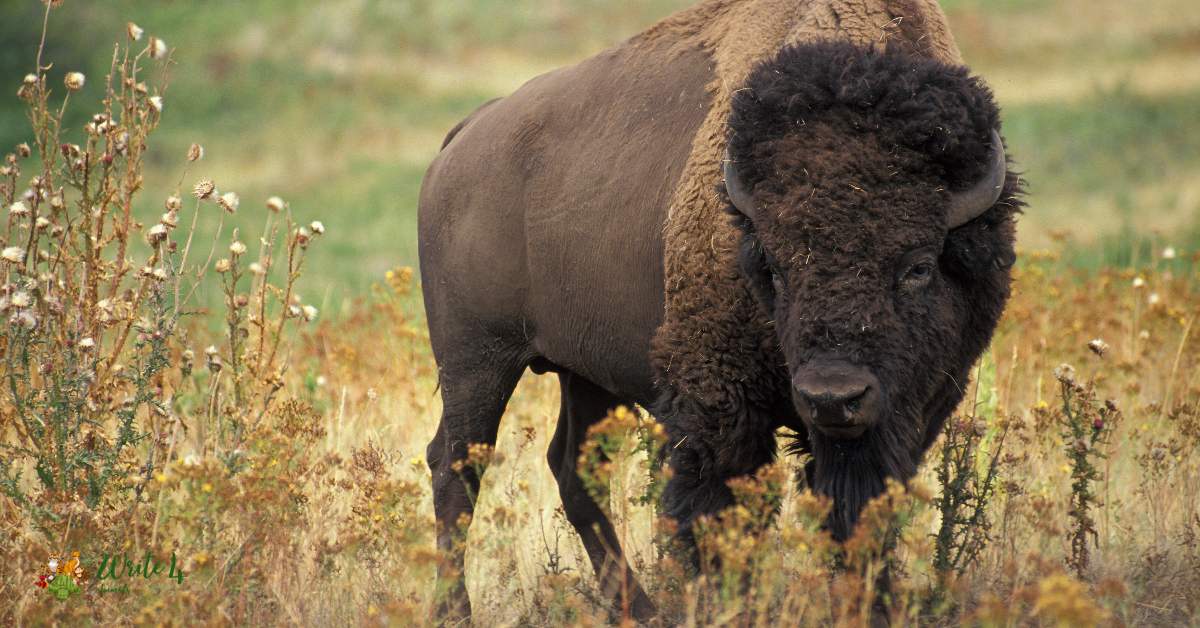
Endowed with a double-layered fur system, yaks have a coarse outer layer that shields them from harsh weather conditions, while the soft inner layer keeps them warm.
These hardy creatures navigate steep slopes with ease, utilizing their strong hooves and durable fur as a defense against the unforgiving elements.
The yak’s distinctive appearance and valuable fur make it a vital resource for the local communities, emphasizing the symbiotic relationship between humans and these remarkable, hairy animals.
2. Alpaca
Alpacas, native to the Andes Mountains in South America, enchant with their luxurious and soft woolly coats. These endearing, hairy animals have been domesticated for their fleece, which comes in a range of natural colors, from pure white to rich browns and blacks.
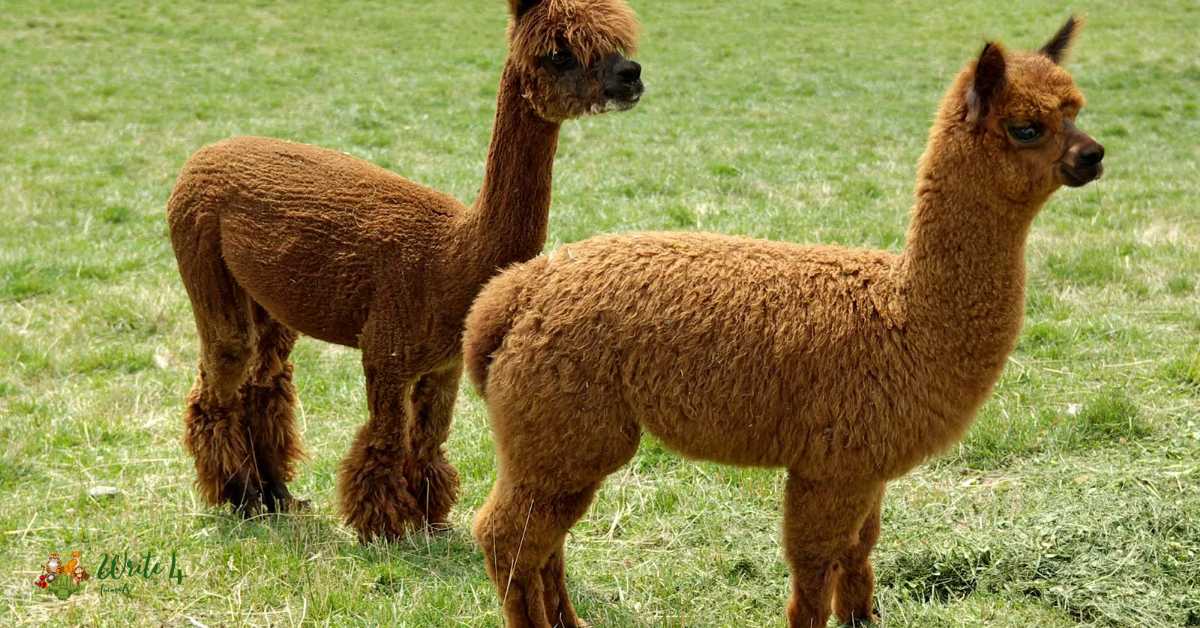
Alpacas possess a unique type of fiber that is both insulating and hypoallergenic, making their fur highly coveted in the textile industry. Farmers value alpacas not only for their precious wool but also for their gentle nature.
Their thick, curly hair provides protection against the elements in the high-altitude landscapes they call home, showcasing the adaptability and versatility of these delightful creatures.
3. Arctic Fox
In the frosty expanse of the Arctic tundra, the Arctic fox stands out as one of the most adept and beautifully adapted hairy animals. Sporting a dense, white fur coat during winter that transforms to a brownish-gray in summer, these foxes employ a remarkable camouflage strategy.
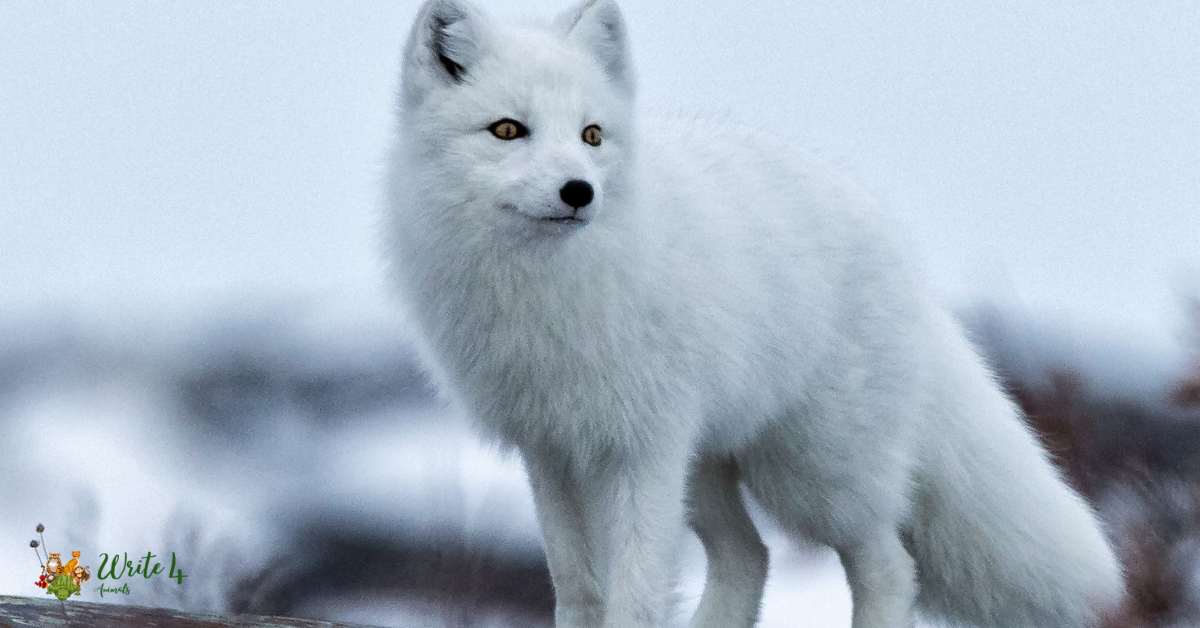
This adaptation allows them to seamlessly blend into their surroundings, eluding predators and facilitating stealthy hunting. The fluffy fur not only provides camouflage but also serves as insulation against the extreme cold, enabling Arctic foxes to endure temperatures as low as -58°F (-50°C).
With a thick coat and a resourceful lifestyle, these resilient creatures exemplify nature’s ingenuity in crafting solutions for survival in the challenging polar environment.
4. Wolverine
The wolverine, with its stocky build and coarse fur, is a formidable presence in the northern regions it calls home. Endowed with a thick coat that offers protection against frigid temperatures, wolverines navigate the harsh environments of the Arctic and subarctic with tenacity.
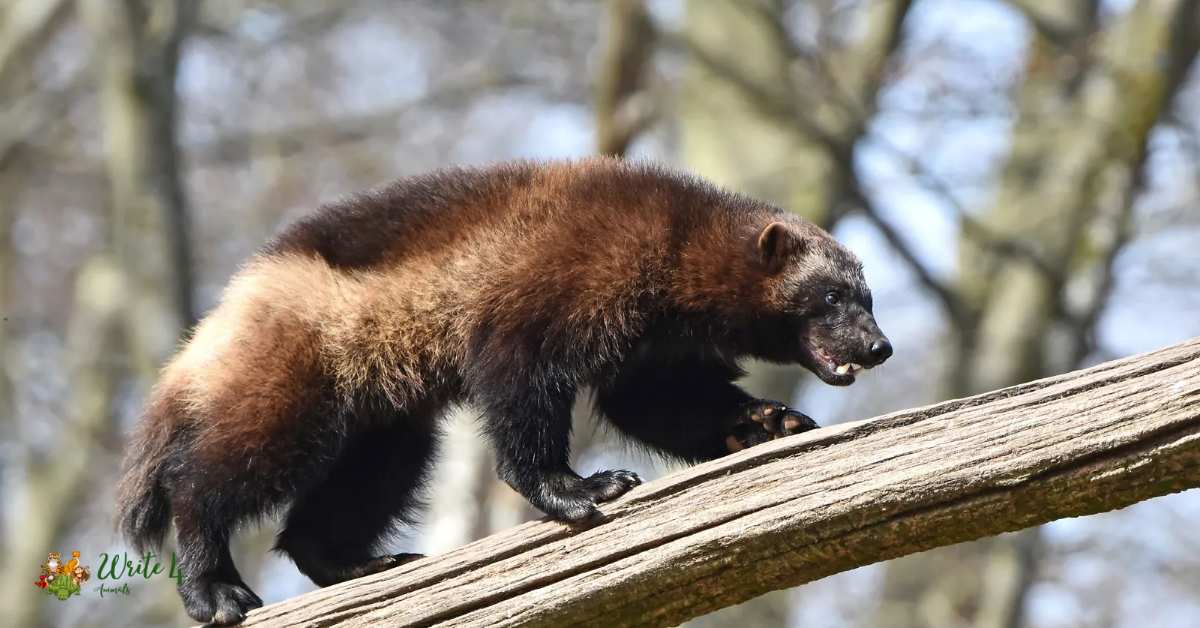
Despite their relatively small size, their dense fur contributes to their ability to endure extreme weather conditions. Wolverines are known for their solitary nature and powerful build, relying on their robust fur to withstand the biting cold of the snow-covered landscapes they inhabit.
This combination of strength and a shaggy exterior makes wolverines a testament to the resilience and adaptability of hairy animals in challenging ecosystems.
5. Red Panda
Nestled in the eastern Himalayas, the red panda captivates with its striking red coat and bushy tail. These adorable, hairy animals are well-suited for their arboreal lifestyle, utilizing their long, bushy tails for balance as they navigate treetops.
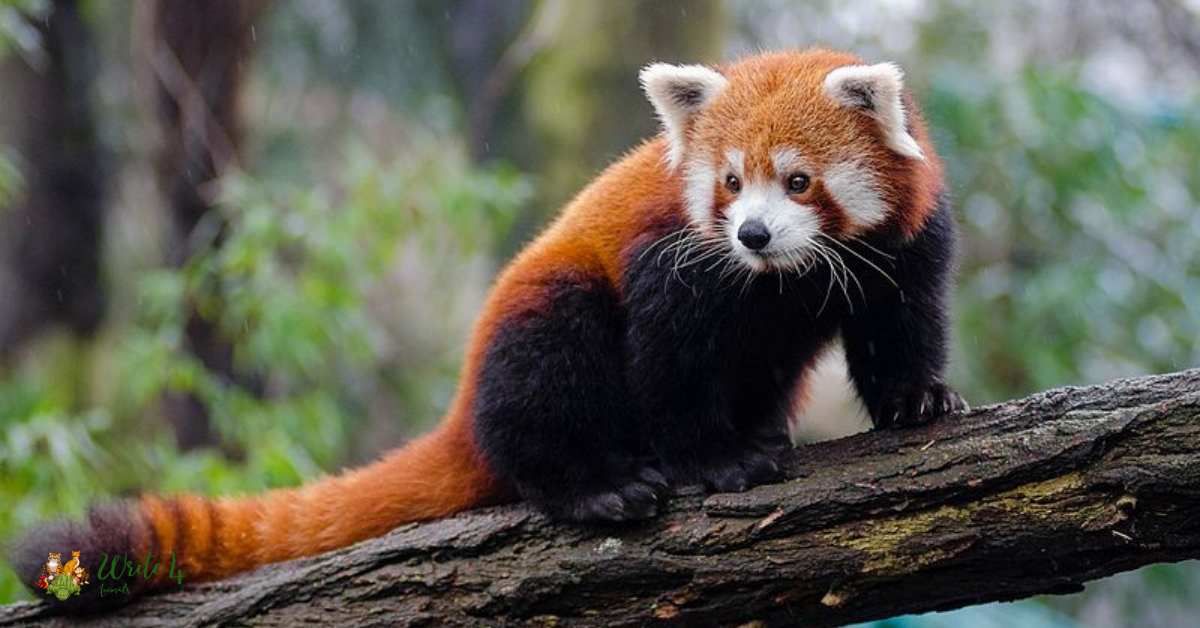
The dense fur not only serves as insulation against the mountain chill but also provides a degree of camouflage amidst the lush foliage. With a unique combination of cuteness and adaptability, red pandas are a testament to the diversity of life in their native habitats.
Despite their charming appearance, these solitary creatures play a crucial role in maintaining the ecological balance of their ecosystems, making them not just a delight to behold but also essential components of the intricate tapestry of nature.
6. Musk Ox
In the vast expanse of the Arctic Circle, the musk ox stands as a symbol of resilience, thanks to its long, coarse outer coat and soft inner wool. These hairy animals are perfectly adapted to withstand the harsh climates of the tundra, utilizing their thick fur to protect against icy winds and freezing temperatures.
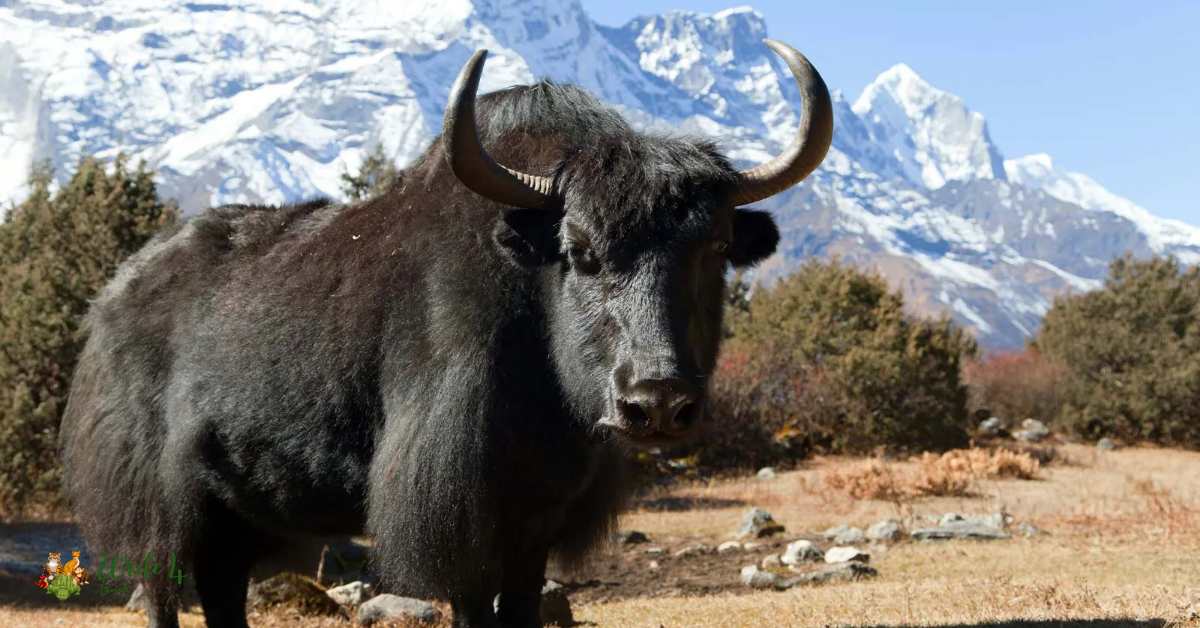
The combination of a dense coat and a robust build enables musk oxen to form tight-knit groups for communal warmth during the frigid Arctic winters.
Despite their seemingly rugged appearance, these creatures possess a certain elegance, and their hairy exteriors play a vital role in ensuring their survival in one of the planet’s most challenging environments. Musk oxen, with their majestic presence and thick fur, are a testament to the wonders of adaptation in the animal kingdom.
7. Gorilla
Gorillas, the largest primates on Earth, exhibit a distinctive appearance characterized by their dense, dark hair. These iconic, hairy animals inhabit the dense forests of central and western Africa, where their fur provides essential protection against the elements.
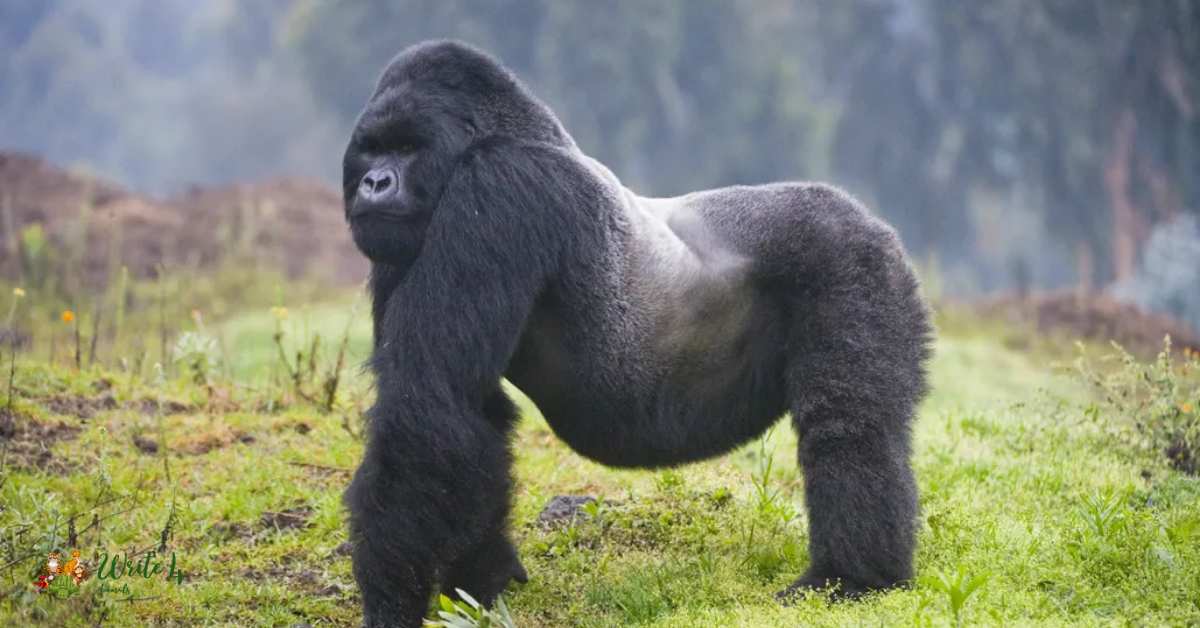
The thick coat serves as insulation, helping gorillas regulate their body temperature in the humid rainforest environment. Beyond its practical function, the fur also plays a role in communication and social dynamics within gorilla groups.
The presence of silver hairs on the backs of mature males signifies their status and adds to the majestic aura of these gentle giants.
In the intricate tapestry of the rainforest, gorillas, with their impressive fur and complex social structures, stand as both guardians and ambassadors of the rich biodiversity that defines their lush habitats.
8. Orangutan
Amidst the dense rainforests of Borneo and Sumatra, orangutans, with their distinctive long, reddish-brown hair, embody the spirit of the wild. These large, hairy animals are renowned for their arboreal lifestyle, utilizing their strong arms and grasping hands to navigate the forest canopy.
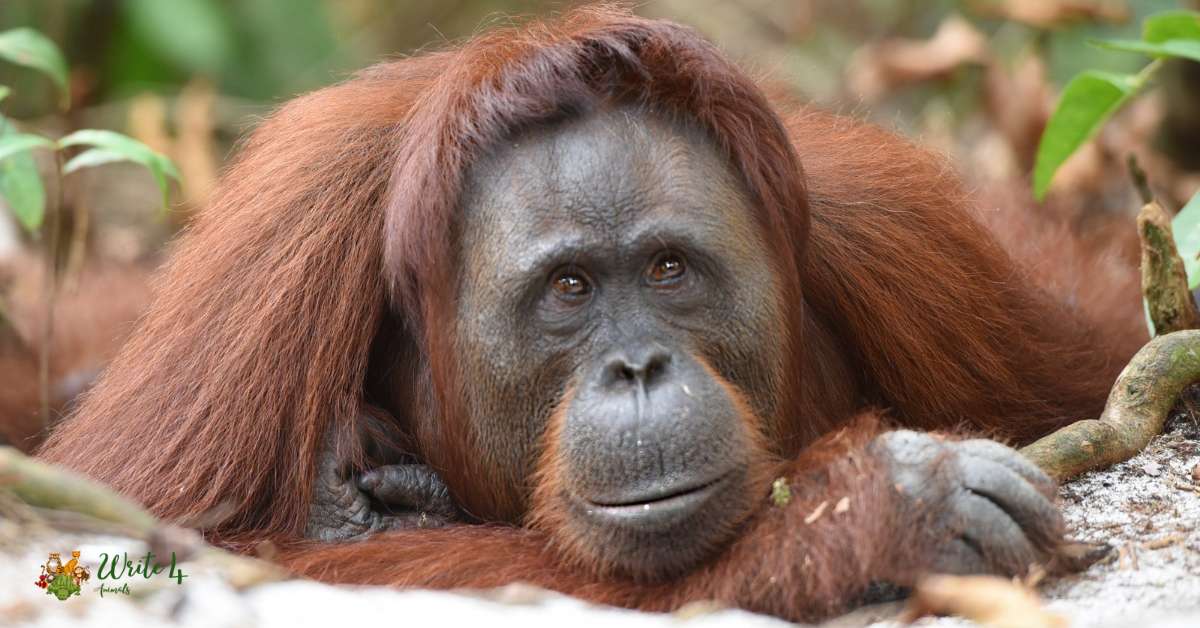
The thick fur not only provides protection against rain and sunlight but also serves as a vital component in their complex social structures. Orangutans, with their expressive faces and intelligent eyes, are among the most endangered primates, facing threats from habitat loss and illegal trade.
Their unique combination of strength, intelligence, and a luxurious coat underscores the urgent need for conservation efforts to protect these incredible creatures and their intricate ecosystems.
9. Bison
Roaming the vast plains and forests of North America, the American bison, often referred to as buffalo, boasts a thick, dark coat that reflects its resilience in diverse ecosystems. The shaggy fur, composed of long guard hairs and a dense undercoat, provides insulation against both harsh winters and scorching summers.

Bison, with their massive heads and distinctive humps, have adapted to various landscapes, from grasslands to forests. Once on the brink of extinction due to overhunting and habitat loss, concerted conservation efforts have helped stabilize their populations.
The enduring presence of bison, with their iconic appearance and robust fur, serves as a testament to the importance of preserving native species and maintaining the ecological balance of North America’s diverse habitats.
10. Chow Chow
Originating from China, the Chow Chow is a distinctive dog breed that boasts a lion-like mane and a dense double coat. Known for its aloof and dignified demeanor, the Chow Chow’s thick fur serves not only as a display of regality but also as protection against various weather conditions.
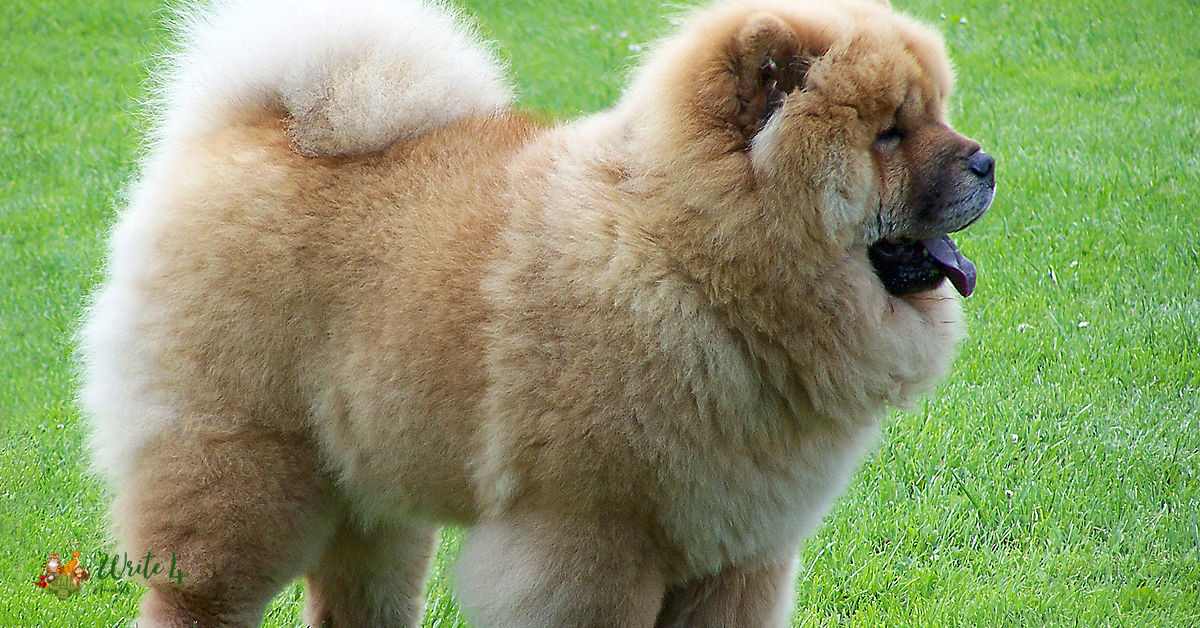
The dense undercoat provides insulation, keeping the dog comfortable in both cold and warm climates. The distinctive lion-like mane around the neck, coupled with the thick fur on the tail, contributes to the breed’s unique appearance.
Despite their stoic expressions, Chow Chows are known for their loyalty and make excellent companions for those who appreciate the charm and individuality of this ancient and furry breed.
11. Capuchin Monkey
Native to the diverse landscapes of Central and South America, capuchin monkeys are characterized by their expressive faces and tufts of hair on their heads. Their dense fur serves as protection against the elements in their varied habitats, from tropical rainforests to dry savannas.
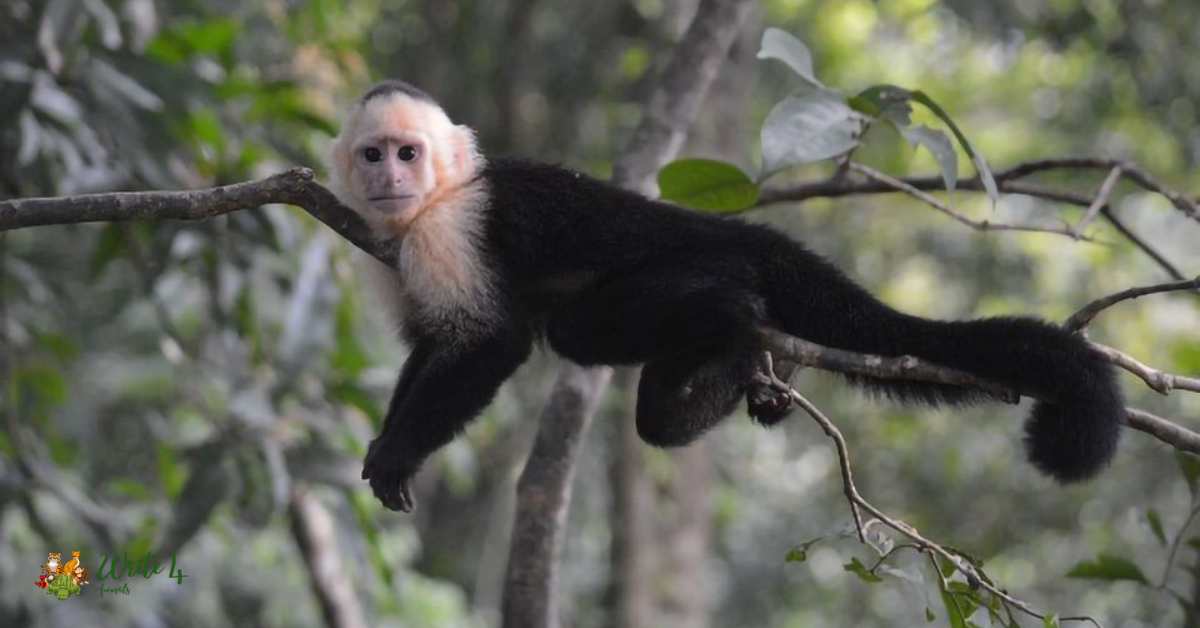
Capuchins are renowned for their dexterity and tool-use, utilizing their nimble hands to extract insects and other small prey from tree bark. The fur not only provides insulation but also aids in camouflage, allowing these intelligent primates to navigate the treetops with agility.
Capuchin monkeys, with their endearing appearance and resourceful behaviors, contribute to the rich biodiversity of their ecosystems, showcasing the adaptability of hairy animals in diverse environments.
12. Highland Cow
Hailing from the picturesque landscapes of Scotland, the Highland cow is a distinctive cattle breed renowned for its long, wavy coat. This shaggy exterior serves a crucial purpose in providing insulation against the unpredictable and often harsh weather of the Scottish Highlands.
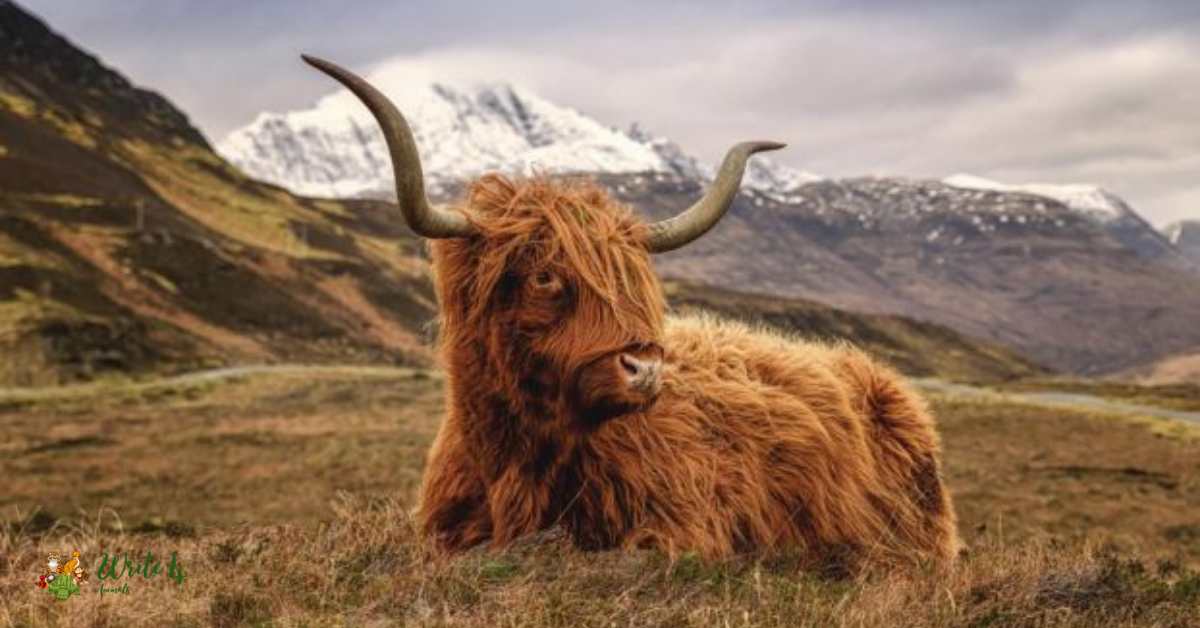
The iconic appearance of Highland cows, with their sweeping fringes and long, thick fur, has made them a symbol of the Scottish countryside.
Despite their rustic charm, these hardy creatures are well-adapted to their environments, utilizing their impressive coats to endure the cool temperatures and biting winds that sweep across the Scottish moors.
Highland cows, with their majestic appearance and hearty resilience, contribute to the cultural and ecological richness of their native landscapes.
13. Baboon
Baboons, Old World monkeys found in Africa and Arabia, showcase a diverse range of fur colors and patterns. Their fur varies from olive-green to brown, and some species have distinctively colored hindquarters.
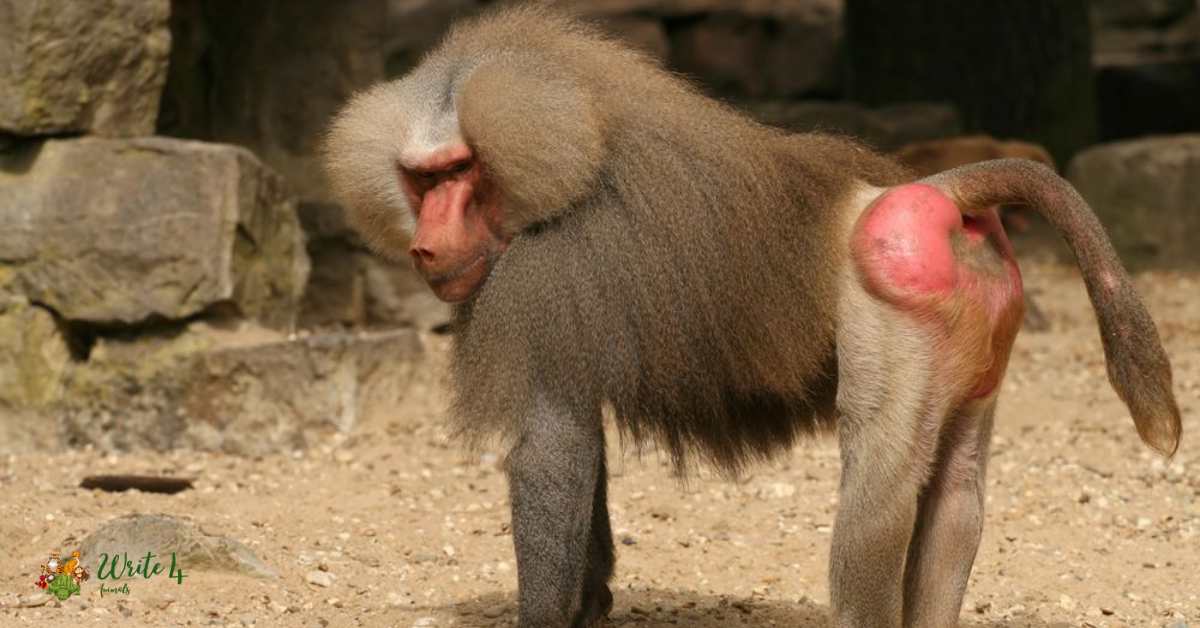
The dense fur not only provides protection against the sun but also aids in regulating body temperature in the varied habitats they inhabit. Baboons are highly adaptable and can be found in a range of environments, from savannas to forests.
Their complex social structures, with hierarchical arrangements, involve grooming and tactile communication, reinforcing the importance of fur in their interactions.
Despite their formidable appearance, baboons play crucial roles in their ecosystems, contributing to seed dispersal and maintaining ecological balance. These intelligent and hairy animals exemplify the intricate relationships within the diverse landscapes they call home.
14. Shetland Pony
Originating from the Shetland Isles in Scotland, Shetland ponies are beloved for their small stature and distinctive appearance, characterized by a thick, shaggy coat. The dense fur serves as insulation against the cool and often windy climate of the Shetland Islands.
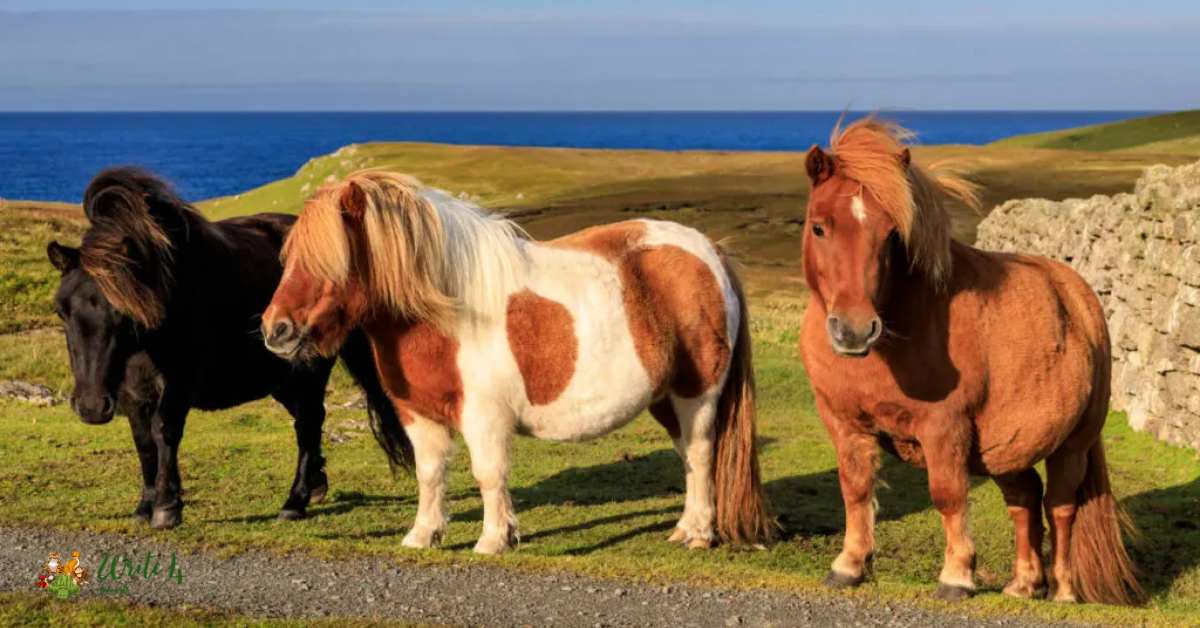
Despite their diminutive size, Shetland ponies are robust and sturdy, traits that have allowed them to adapt to the challenging conditions of their native environment.
With a luxurious mane and tail, these ponies are not only practical companions but also charming and delightful additions to the landscapes they inhabit. Shetland ponies, with their hardy nature and endearing presence, exemplify the resilience of hairy animals in adapting to the unique challenges presented by their island homes.
15. Hairy Nosed Wombat
Native to Australia, the hairy-nosed wombat is a marsupial with a dense coat of fur that provides protection against the sun. Despite their stocky and robust appearance, these wombats are well-adapted to the arid conditions of the Australian bush.
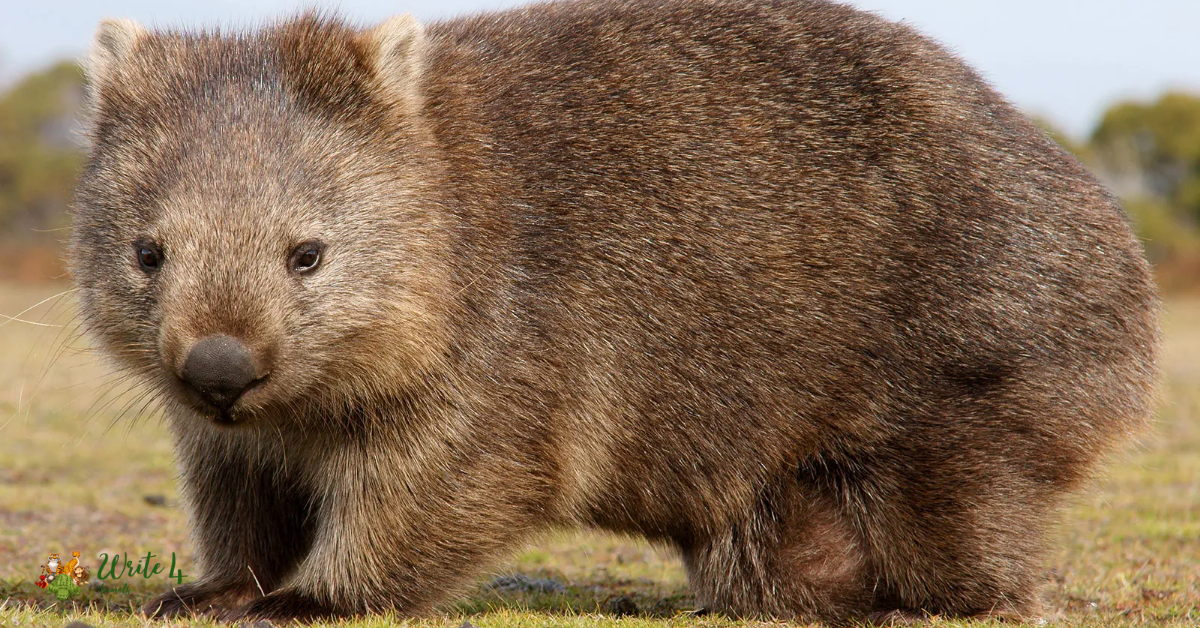
Their fur acts as a barrier against the harsh sunlight, aiding in temperature regulation and protection against UV rays. Hairy-nosed wombats are primarily nocturnal, burrowing into the ground during the day to escape the heat.
Their cube-shaped feces, a unique characteristic, also play a role in marking territory. In the intricate ecosystems of the Australian bush, hairy-nosed wombats contribute to soil turnover and seed dispersal, showcasing the vital roles played by seemingly unassuming yet remarkable creatures in maintaining the balance of their environments.
Recommended
1. 15 Dumbest Animals in the World | dumbest animal
2. Ashera cat | Ashera cat price
